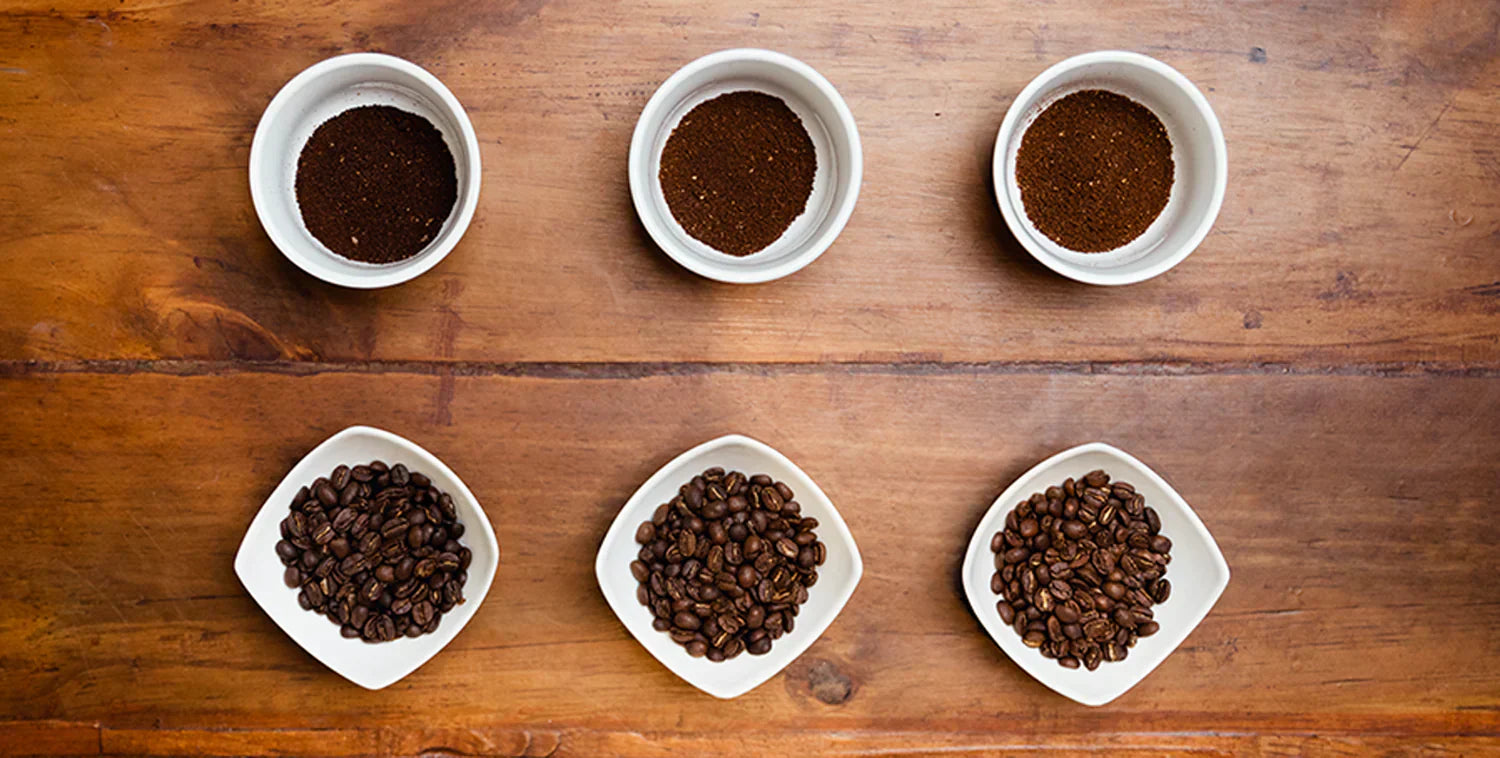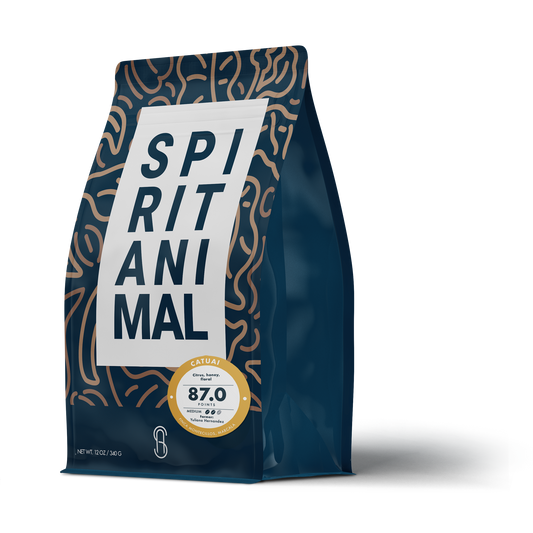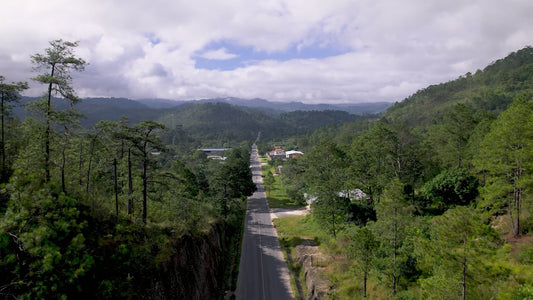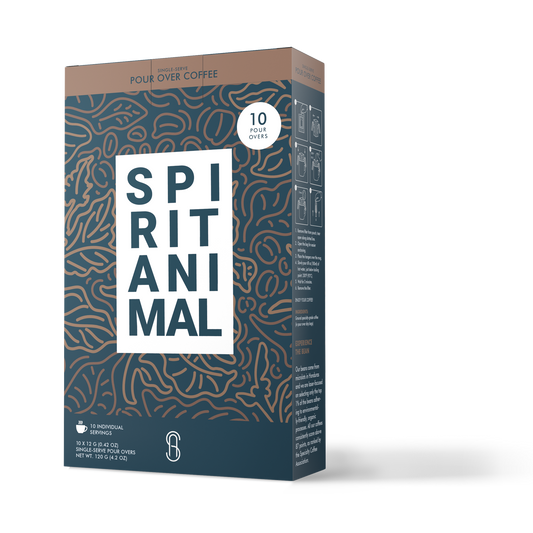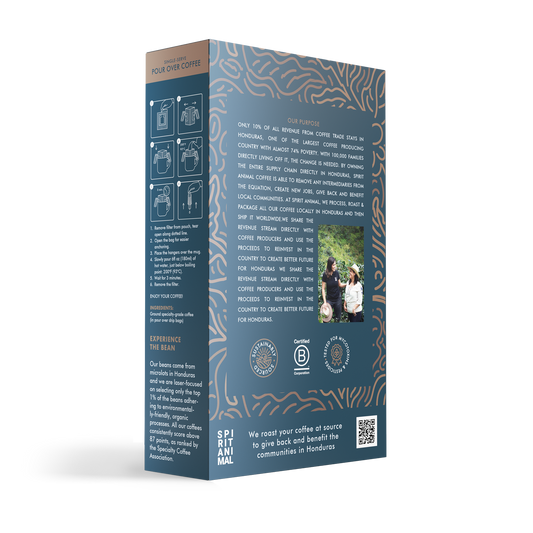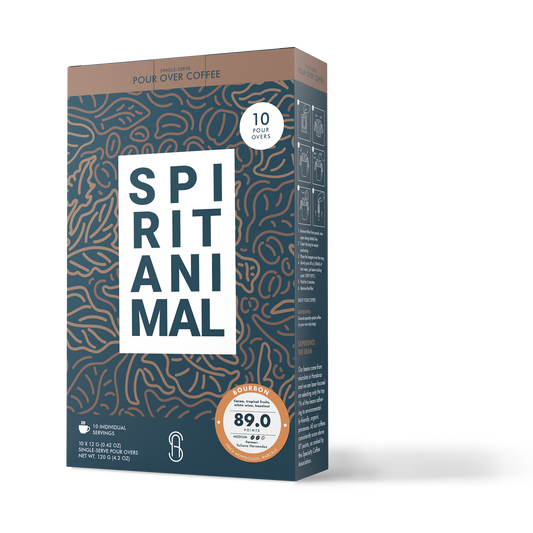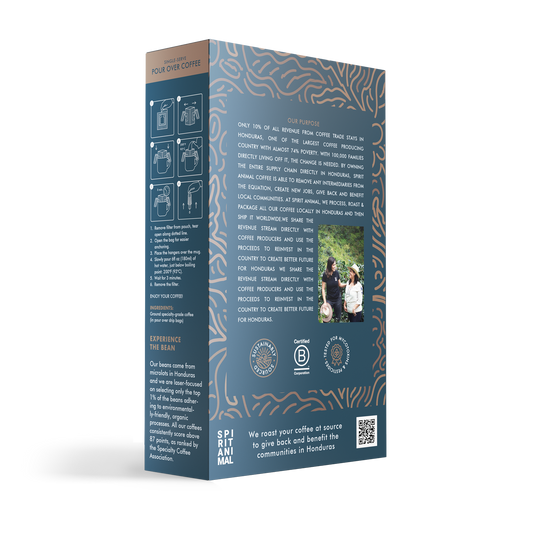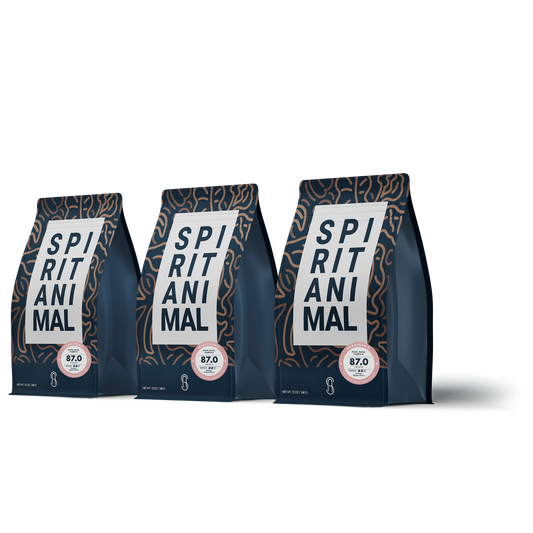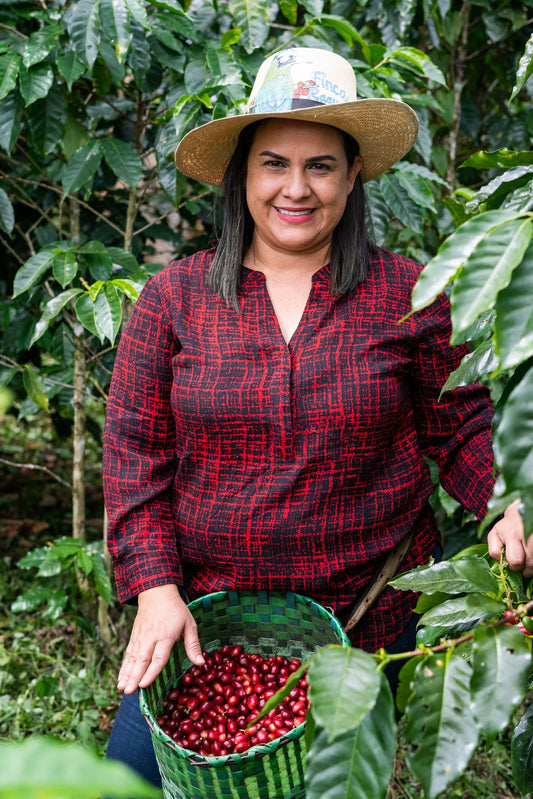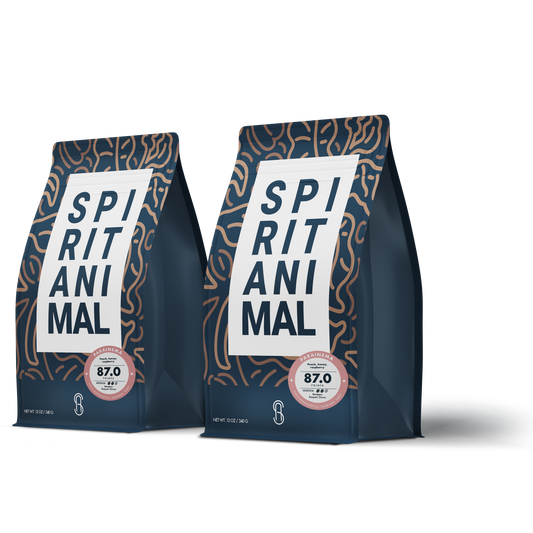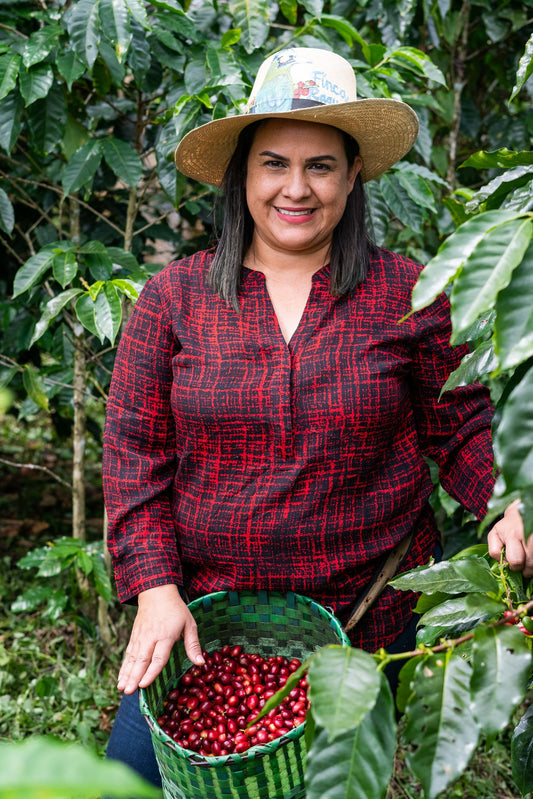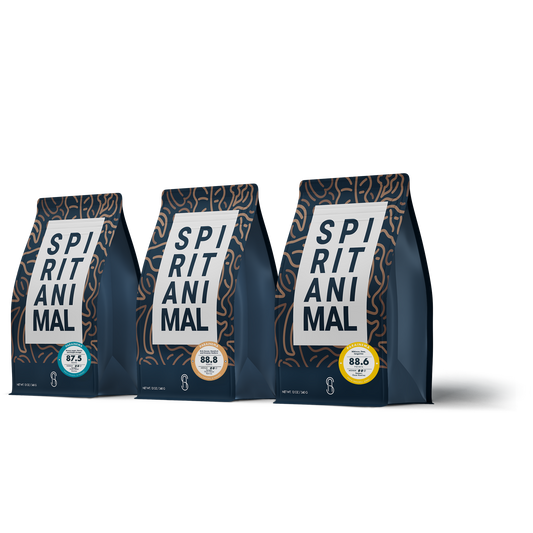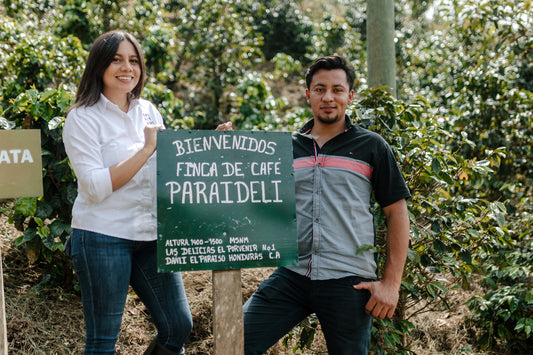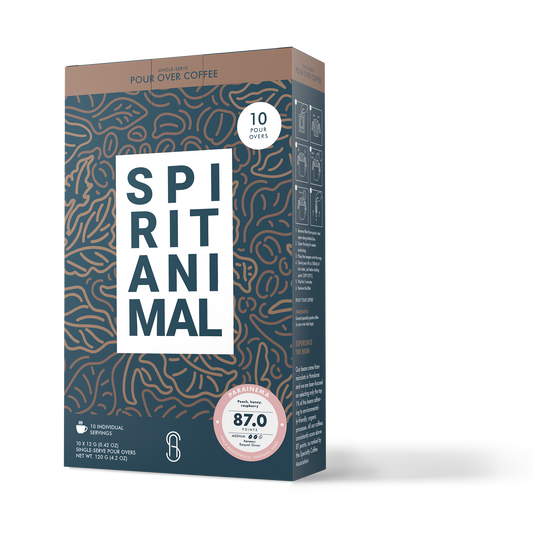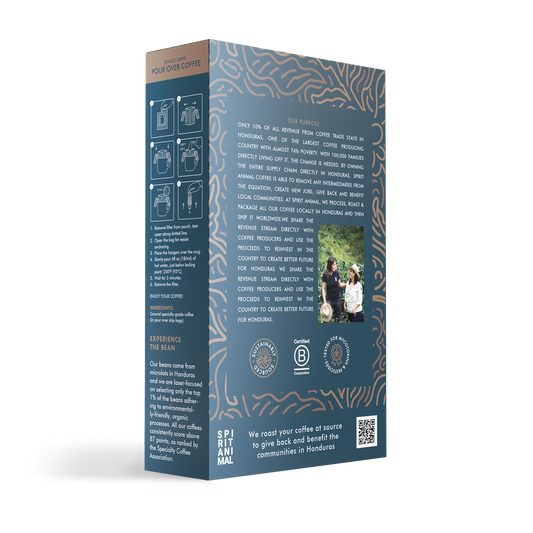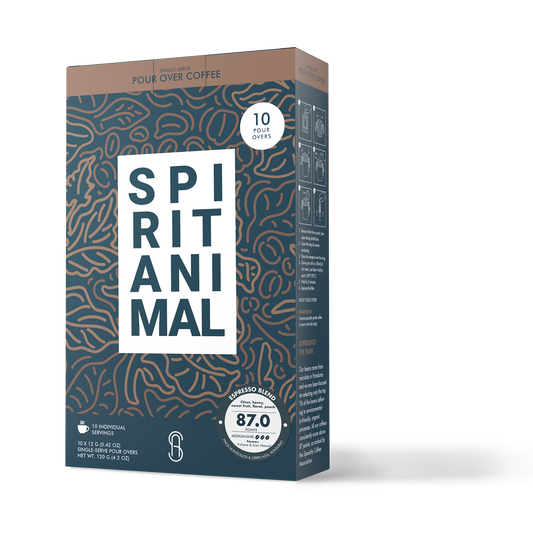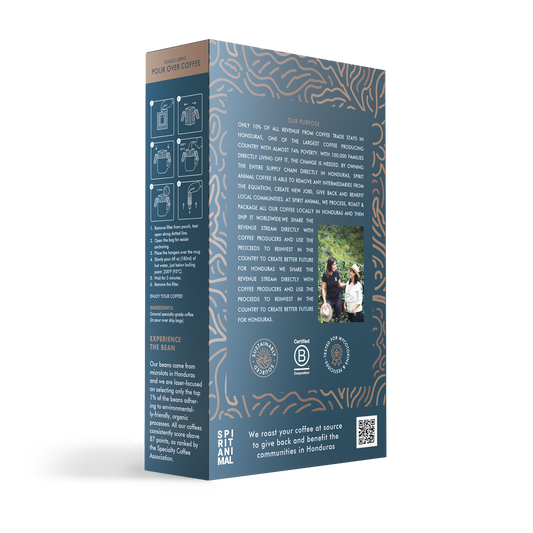Geisha coffee is one of the most special and rare coffees in the world. I’ve tasted a lot of amazing coffee, but Geisha stands out because of its incredible flavor and how hard it is to find. But what makes it so different from other coffees?
In this blog, I’ll explain what makes Geisha coffee unique and why it costs more than other types of coffee. By the end, you’ll see why every sip of this coffee is something truly special.
Learn All About Geisha Coffee
Jump to your favorite section below to explore what makes Geisha coffee so special and exciting:
The Basics
> Why Geisha Specialty Coffee Is So Rare

Geisha coffee needs just the right conditions to grow - high mountains, rich soil, and a lot of careful attention. Because it’s so delicate, only a small amount is produced each year, making it extra special. It was first discovered in Ethiopia, but now it also grows in places like Panama, Honduras, and Colombia, where farmers work hard to grow some of the best Geisha coffee in the world.
> Why Is Geisha Coffee Expensive?
Geisha coffee is rare, but it’s not just its scarcity that makes it expensive—it’s the incredible quality, too. Farmers don’t grow a lot of it, and it takes time, skill, and careful attention to produce. Every step, from selecting only the ripest cherries to precise processing and roasting, is done to bring out its delicate and complex flavors. Because of this dedication to quality, along with the high demand, some of the best Geisha coffees can sell for as much as $10,000 per pound! Every cup is a result of both rarity and exceptional craftsmanship—making each sip truly special.
> Geisha Coffee Flavor Profile

Geisha coffee is famous for its incredible taste, and at Spirit Animal Coffee, our Geisha is one of the best you’ll ever try. It has a super smooth, silky texture with a light, tea-like body. The first thing you’ll notice is the sweet, floral aroma—like jasmine and fresh honey. When you take a sip, you’ll taste bright flavors of peach, passion fruit, and citrus, with just the right touch of sweetness. The acidity is crisp and refreshing, making every sip feel clean and vibrant. If you love elegant, delicate coffee that’s full of flavor, our Geisha is a must-try! Want to learn more about what makes coffee flavors special? Check out our guide on understanding coffee flavors!
Aficionado Info
> Origin of Geisha Coffee
Geisha coffee, also called Gesha, comes from the Gori Gesha forest in Ethiopia. Fun fact- it’s not Japanese! The name "Geisha" was actually a misspelling of "Gesha," the original name of the region where this coffee was discovered. In 1936, British officials took seeds from this area and sent them to a coffee research station in Tanzania. Later, in 1953, some of these plants were moved to Costa Rica, where a research center called CATIE helped spread Geisha coffee to other parts of Central America. In the 1960s, farmers in Panama started growing it, especially in a place called Boquete. But it wasn’t until 2004 that the world truly noticed how special Panamanian Geisha coffee tasted, making it one of the most famous coffees in the world today.
> Geisha Coffee Varieties

Geisha coffee is a type of Arabica coffee, but its taste can change depending on where it’s grown. For example, Geisha from Honduras has a smooth, balanced flavor with a gentle sweetness, while Geisha from Panama often has bright floral and citrus flavors. The price of Geisha coffee depends on its quality, where it comes from, and how rare it is. Some of the best Geisha coffees are extremely exclusive and can cost a lot!
> Health Benefits of Geisha Coffee
One of the things I love about Geisha coffee is that it’s not just delicious - it’s also super clean and high quality. Because we own the entire supply chain, we can check quality at every single step, from the farm to your cup. Since we process it right at the source, without a bunch of middlemen, and it grows in pure organic soil, we know exactly where it comes from and how it’s handled.
That means full traceability, no hidden toxins, and the cleanest, purest coffee possible—just the way it should be! It’s also packed with antioxidants, which help reduce inflammation and support overall health. Plus, Geisha coffee has about 30% less caffeine than regular Arabica beans, so it’s a great choice if you’re sensitive to caffeine but still want to enjoy a great cup of coffee Learn more about mold in coffee.
> Geisha’s Positive Impact on Coffee Farms
Growing Geisha coffee can change lives—not just for farmers but for entire communities. When farmers have the right support and strong partnerships, they can build a successful and lasting business. A stable market helps them invest in the high standards needed to grow Geisha coffee, making sure every bean meets the best quality. With the right people by their side, farmers can use sustainable methods, improve their way of life, and protect their land for future generations. This is exactly what we believe in at Spirit Animal Coffee - helping producers thrive while creating a better future for specialty coffee.

Tips for Coffee Lovers
> How to Choose Geisha Coffee Beans
When choosing Geisha coffee, it’s important to know that this isn’t your typical cup of coffee - it’s something truly special. Geisha has a smooth, silky texture and delicate floral aromas, making it a refined experience rather than a bold, strong brew like traditional coffee. If you’re looking for something unique and elegant, Geisha will surprise and impress you with its incredible flavors.
To ensure you're choosing the best Geisha coffee for you, consider trying a smaller quantity first. Spirit Animal Coffee’s 50g sample bag allows you to experience this exceptional coffee without committing to a larger purchase, helping you find the perfect match for your taste preferences.
Quality and transparency are key factors when selecting Geisha coffee. Look for trusted suppliers who provide detailed information, such as origin details, cupping scores, and certifications - these indicators ensure you're getting the highest-quality beans.
For optimal freshness, opt for whole beans, store them in a cool, airtight container, and aim to consume them within 1-2 weeks after roasting to fully enjoy the nuanced flavors of this remarkable coffee.
See our guide on how to store coffee beans for more tips on preserving quality.
> Best Way to Brew Geisha Coffee
The best brewing methods for Geisha coffee can vary, but pour-over and Chemex are highly recommended to highlight its delicate and refined flavors. At Spirit Animal Coffee, we recommend both methods to experience Geisha coffee at its best.

Chemex: This method provides a silky smooth, delicate experience, accentuating Geisha’s floral notes and offering a bright, well-balanced acidity. The thicker filter used in Chemex brewing results in a cleaner cup with enhanced clarity, allowing the intricate flavors to shine.

Pour-over (V60): This method offers more control over brewing variables, producing a nuanced cup that showcases the coffee’s complex flavor profile while maintaining a balanced body and sweetness.
To achieve optimal extraction, always use filtered water heated to 194-198°F (90-92°C), adjust the grind size to medium-coarse, and employ a slow, steady pour technique to ensure even saturation and flavor development.
Check out our coffee brewing methods guide for more expert tips and detailed instructions.

Spirit Animal Coffee’s Geisha Project
I invite you to discover the story behind Spirit Animal Coffee’s Geisha Project, where we bring this exceptional coffee to life. From the farms where it’s carefully grown to the moment it reaches your cup, every step is done with passion and precision. Our Geisha coffee is crafted to impress even the most passionate coffee lovers—and I can’t wait for you to experience it.
Geisha coffee is more than just a drink—it’s an experience, a journey into the world of truly special coffee. Whether you’re just starting to explore specialty coffee or you’re already a coffee expert, Geisha’s unique flavors and rich history make every sip unforgettable. Ready to taste it for yourself? Explore our Geisha coffee beans today!
